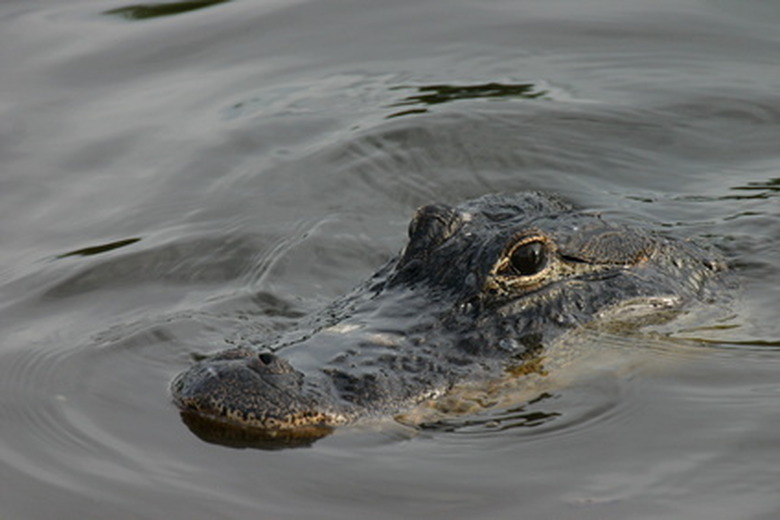How Do Reptiles Protect Themselves?
Reptiles represent a diverse group of animals, including feared predators, such as venomous snakes, alligators, crocodiles, and animals similar to alligators, like caimans. However, that doesn't mean reptiles aren't without threats. Like any wild creature, reptiles have evolved interesting defense mechanisms, including exceptional hearing, tough hides, and even the ability to inflict fatal injury. In fact, the powerful tail is one of the main body parts of crocodiles used for protection and survival.
Snake protective strategies
Snake protective strategies
Even though snakes are considered high on the food chain, many species eat them, and humans are particularly threatening. The first line of defense for most species of snakes is hiding or camouflaging with their natural environment. Evasion is the second impulse. Snakes can move quickly through narrow openings and even high into trees.
Some species of snakes, like rattlesnakes, use sound to scare off predators. Cobras will appear bigger and more threatening by hooding, which is expanding the sides of their neck closest to the head. Attacking or biting is usually a snake's last resort, even for venomous snakes. Bright bands of yellow and red on a coral snake signal danger. Coral snakes are one of the most poisonous snakes in the world, and king snakes imitate their colors to fool predators.
Lizard defense mechanisms
Lizard defense mechanisms
Lizards have an array of unusual defense mechanisms, which isn't surprising considering the variety of lizards in the wild. Appearing larger and threatening predators using high-pitch sounds are common strategies. Frilled dragons, for instance, hiss and unfurl their namesake neck frills at the first sign of danger. They are also able to run on their back legs to visually increase their size.
Similarly, bearded dragons puff out their throat when threatened (something for which to watch on a pet) and have spikes along their sides and on the back of their head. Horned toads can inflate their bodies and, strangely, shoot blood from their eyes if necessary. The Gila monster and the bearded lizard are the only species of venomous lizards — both will bite a predator in self-defense, delivering a possibly lethal blow. Similarly, the Komodo dragon has serrated teeth that are curved like a scalpel blade.
Finally, some lizards drop body parts when threatened, specifically their tail. The leopard gecko has a breakaway tail, allowing it to escape if a predator grabs it. Most tails will grow back within 30 days, but the process is still stressful for the lizard and not ideal. Bearded dragons and green iguanas are also able to drop and regrow their tail.
Body parts of a crocodile used for protection
Body parts of a crocodile used for protection
The strong tail is one of the obvious body parts of crocodiles used for protection. A crocodile tail is powerful enough to slash the skin of other animals. Tail whipping is an effective protective response for many large reptiles, particularly crocodile species, alligators, and even large green iguanas.
Like alligators, crocodiles also have exceptional hearing that helps them both hunt and evade danger. Eyes on the top of their head allow them to watch above the surface of the water while they float silently below. The latter is clearly a physical advantage for them as predators as well as a way to literally keep an eye out for threats.
Turtle defense mechanisms
Turtle defense mechanisms
Obviously, the turtle's best defense is his shell, or carapace — the hard, bony exterior that serves as a suit of armor. Land turtles can pull themselves into their shell. Sea turtles, however, can not. Sea turtles are very streamlined and are strong swimmers thanks to flippers, but that is also what makes them clumsy on land. Interestingly, sea turtles have a claw on each foreflipper and have very good vision and sense of smell, even in the water.
